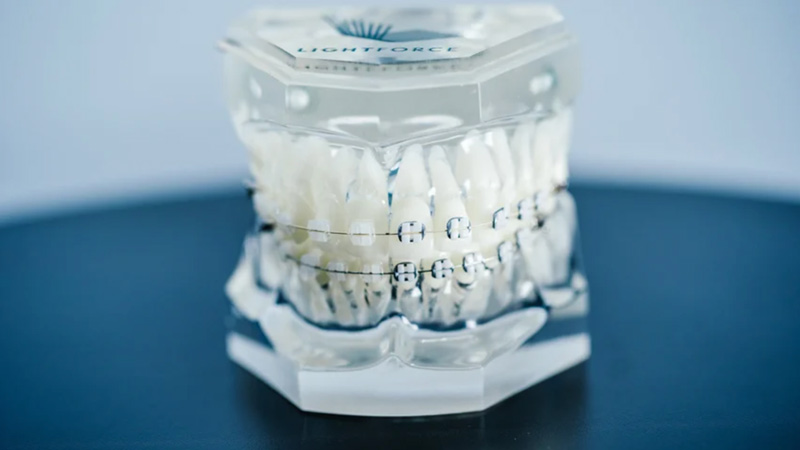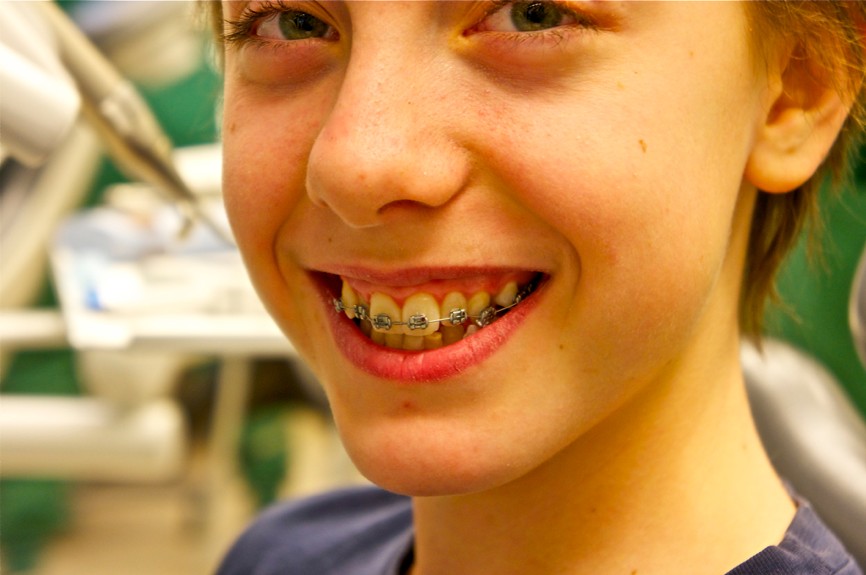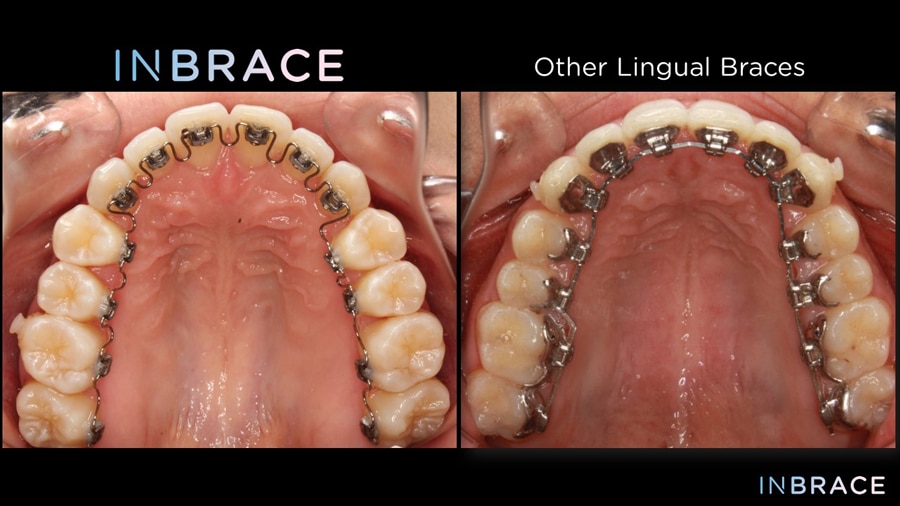How Cumming Orthodontics Addresses Common Braces and Invisalign Problems
How Cumming Orthodontics Addresses Common Braces and Invisalign Problems
Blog Article
Comprehensive Guide to Orthodontics Procedures for Fixing Dental Imbalances
Recognizing the details of each treatment, including their systems, benefits, and possible disadvantages, is important in making informed choices concerning one's orthodontic treatment. As we navigate via the thorough guide to orthodontic procedures for correcting oral imbalances, the elaborate details of each technique will certainly unfold, shedding light on the path toward a harmonious and practical oral alignment.
Orthodontic Procedures Summary

Along with traditional dental braces and clear aligners, orthodontists might also advise other interventions like headwear, palatal expanders, or retainers to deal with specific placement problems (braces). These procedures are customized to each patient's one-of-a-kind demands and might include a combination of treatments to achieve the wanted outcomes. Normal changes and monitoring are vital components of orthodontic treatment to ensure development is on track and to make any type of required adjustments in the process. By undergoing orthodontic treatments, clients can not only accomplish a straighter grin but likewise improve their general dental wellness and function.
Standard Dental Braces: Just How They Function
When thinking about orthodontic treatments for oral imbalances, standard dental braces stand out as a time-tested technique for dealing with teeth positioning. Typical braces consist of braces, wires, and bands that function with each other to apply continuous pressure on the teeth, progressively moving them right into the preferred placement.
One secret aspect of just how conventional dental braces work is the process of bone improvement. As stress is put on the teeth with the braces, the bone surrounding the teeth is improved to sustain the brand-new tooth positions. This makeover is vital for the long-lasting security of the dealt with alignment. Clients will certainly need normal modifications at the orthodontist's workplace to make certain the dental braces remain to use the correct pressure for effective teeth movement.
Unseen Aligners: Cons and pros
These clear, personalized trays are virtually unseen when used, making them an appealing alternative for individuals looking for a more cosmetically pleasing orthodontic treatment. People can eliminate the aligners before consuming or brushing their teeth, lowering the risk of food obtaining stuck in the home appliance and streamlining the cleaning procedure.

Surgical Orthodontic Options
Surgical treatments in orthodontics present feasible alternatives for dealing with intricate oral imbalances that may not be successfully settled through conventional orthodontic treatments. While conventional dental braces and invisible aligners can remedy lots of orthodontic problems, certain cases call for medical intervention to achieve optimum outcomes. Surgical orthodontic choices are normally suggested for severe malocclusions, substantial jaw disparities, and situations where the underlying bone structure requires alteration to attain correct positioning.
One typical surgical orthodontic procedure is orthognathic surgical procedure, which includes repositioning the jaws to deal with practical issues such as problem chewing or talking. This surgical treatment is frequently carried out in collaboration with an orthodontist that assists align the teeth prior to and after the treatment. Surgical orthodontics might also entail treatments to subject impacted teeth, remove excess periodontal cells, or improve the jawbone to produce an extra unified facial account.
Prior dental locations to considering medical orthodontic alternatives, visit site clients undertake a thorough evaluation to establish the necessity and possible advantages of such interventions. aligners. While surgical procedure may seem challenging, it can substantially improve both the function and appearances of the smile in cases where traditional orthodontic therapies drop short
Retainers and Post-Treatment Treatment

Post-treatment care includes complying with the orthodontist's guidelines diligently. This may include proper oral hygiene methods, going to follow-up visits, and putting on the retainers as suggested. Failing to abide with post-treatment treatment guidelines can cause regression, where the teeth progressively return in the direction of their original settings. Constant retainer wear, great oral hygiene, and regular dental check-ups are important for maintaining the results achieved via orthodontic surgical procedure and making certain the lasting security of the remedied oral positioning.
Conclusion
In verdict, orthodontic procedures use various alternatives for correcting oral imbalances. Surgical orthodontic options are offered for more serious imbalances. Overall, orthodontic procedures can properly improve dental wellness and aesthetic appearance.
As we browse through the extensive overview to orthodontic treatments for fixing dental imbalances, the intricate details of each technique will certainly unravel, shedding light on the course towards a practical and unified oral alignment. - aligners
One of the most usual orthodontic treatments is the use of braces, which are composed of metal brackets and cables that use gentle stress to progressively shift teeth right into the desired setting.When thinking about orthodontic therapies for dental misalignments, standard dental braces stand out as a time-tested method for fixing teeth placing. Furthermore, unseen aligners might not be ideal for intricate orthodontic concerns that call for even more substantial teeth motion, as they are commonly advised for light to modest instances. Retainers are tailor-made orthodontic tools created to hold teeth in their remedied settings after the completion of orthodontic treatment.
Report this page